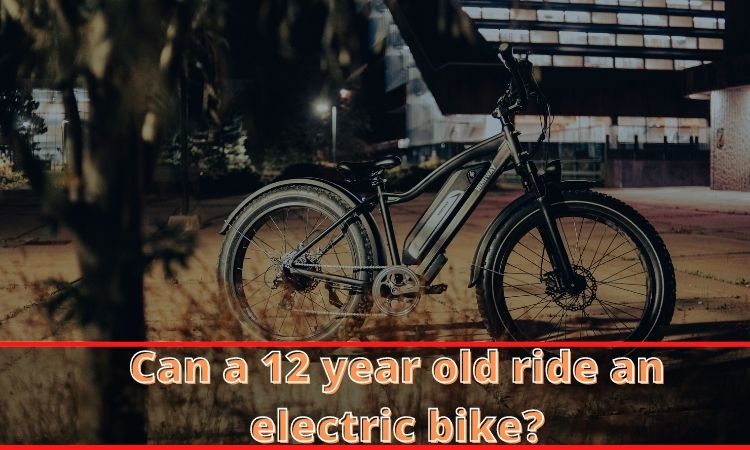Enduro biking is a thrilling and adventurous discipline that combines the best of both worlds – the adrenaline-pumping descents of downhill mountain biking and the endurance challenges of cross-country riding.
With their robust construction, long suspension travel, and trail-taming capabilities, enduro bikes are purpose-built for conquering rugged terrains and technical trails.
Many enthusiasts often wonder if these versatile machines can also handle the smooth asphalt of the open road.
Here, I aim to address the question: Can you ride enduro bikes on the road? if yes then How? I will explore the possibilities of taking your enduro bike beyond the trails and onto the pavement, as well as provide valuable insights on how to make the most of your road riding experience with an enduro bike.
Riding Enduro Bikes on the Road: Is It Possible?
Enduro bikes are specifically engineered for aggressive off-road adventures, equipped with features like full suspension, sturdy frames, and wide, knobby tires.
While these qualities make them exceptionally capable on challenging trails, they do pose some challenges when it comes to riding on the road.
Enduro bikes are generally heavier and have more aggressive tread patterns on their tires, which can result in higher rolling resistance on smooth pavement. The suspension systems, optimized for absorbing big hits on the trail, might not be as efficient on the road.
Furthermore, the riding position on an enduro bike is more upright and relaxed, which may not offer the best aerodynamics for sustained road riding.
Legality and Regulations
Before taking your enduro bike on public roads, it’s crucial to understand the legal aspects and regulations in your area.
In many regions, enduro bikes may not be street-legal without specific modifications, such as adding lights, mirrors, and a license plate holder.
Local laws can vary, so it’s essential to research and comply with the necessary requirements to ride your bike legally on the road.
Before venturing onto public roads, consider checking with your local transportation department or relevant authorities to ensure that your enduro bike meets the necessary road safety standards.
How to ride enduro bikes on the road?
Here are few things that will allow you to ride an enduro bike on the road….
Modifications for Road Riding
While enduro bikes may not be designed for the road, there are several modifications and adjustments you can make to improve their on-road performance. Here are some suggestions:
Tires: Consider switching to road-oriented tires with lower rolling resistance and smoother tread patterns. These tires will enhance your bike’s performance on paved surfaces and reduce the wear associated with aggressive off-road tires.
Tire Pressure: Adjusting tire pressure can greatly impact your bike’s road performance. Lower tire pressure provides better traction on off-road trails, but higher pressure will reduce rolling resistance and improve efficiency on the road.
Suspension Settings: Most modern enduro bikes allow for adjusting the suspension settings. Stiffen the suspension for better road efficiency, reducing the bounce and absorbing road irregularities more effectively.
Gearing: If you plan to spend more time on the road, consider changing your bike’s gearing to optimize it for higher speeds and smoother surfaces.
Lighting and Mirrors: Ensure that your bike is equipped with appropriate lighting, including headlights, taillights, and turn signals. Additionally, fit mirrors to improve visibility and awareness of your surroundings.
Tips for Riding Enduro Bikes on the Road
To make the most of your road riding experience with an enduro bike, consider the following tips:
Cornering: When taking corners on the road, maintain a stable and controlled speed, and use your body weight to lean into turns smoothly.
Braking Techniques: Get familiar with your bike’s braking capabilities and practice using both front and rear brakes to achieve balanced and controlled stops.
Uphill Riding: Use lower gears and maintain a steady cadence when climbing uphill. Shift your weight forward to maintain traction on the front wheel.
Downhill Riding: On downhill stretches, distribute your weight appropriately to maintain stability and control. Gradually increase your speed as you gain confidence.
Safety Considerations
Riding an enduro bike on the road requires a different set of safety considerations compared to off-road riding. Here are some essential safety tips:
Safety Gear: Always wear appropriate safety gear, including a DOT-approved helmet, gloves, and protective clothing, regardless of whether you’re on or off-road.
Riding Techniques: Adjust your riding techniques for road conditions. Be mindful of traffic, obey traffic rules, and use hand signals to indicate your intentions to other road users.
Braking: Practice smooth and controlled braking techniques, as enduro bikes often have powerful disc brakes designed for off-road use.
Visibility: Improve your visibility on the road by wearing bright clothing and using additional lighting on your bike, especially if it’s not already street-legal.
Conclusion:
While enduro bikes are primarily designed for off-road escapades, with some modifications and proper safety precautions, you can enjoy the thrill of riding them on the road as well.
Remember to comply with local laws, adjust your bike’s features, and prioritize safety while embracing the unique experience of riding an enduro bike on both rugged trails and smooth roads.
So, go ahead and explore the world with your enduro bike, experiencing the best of both worlds. Happy riding!


